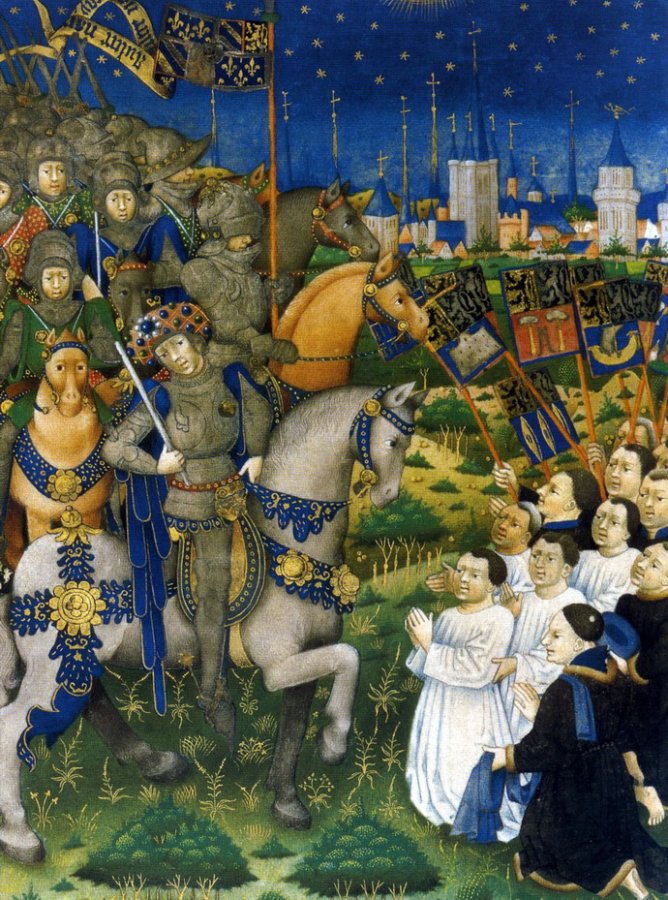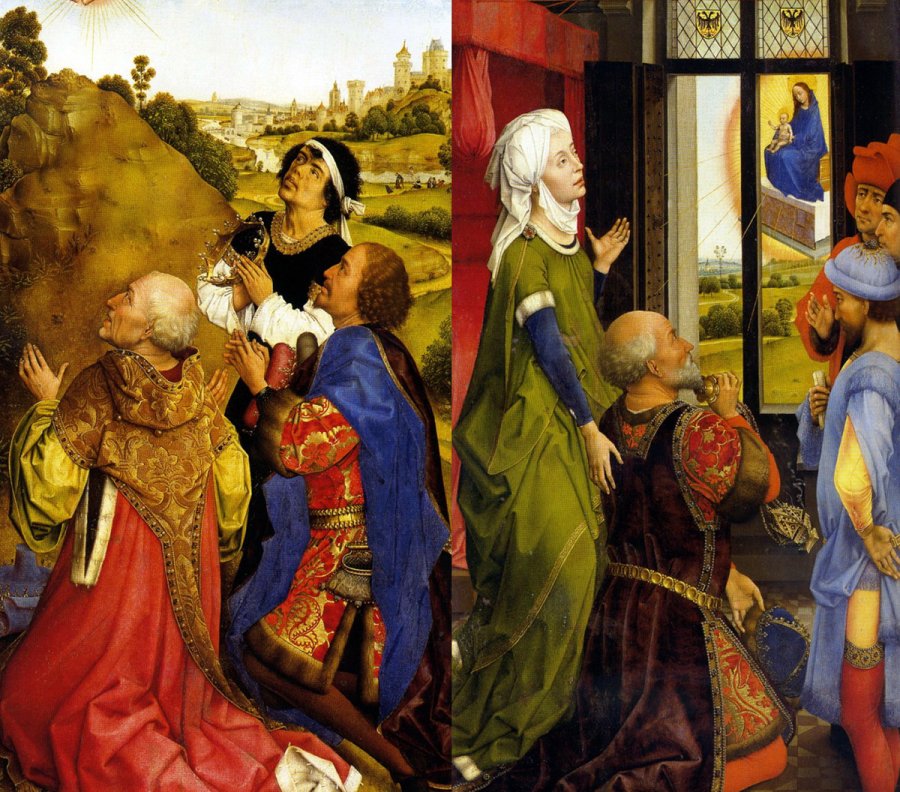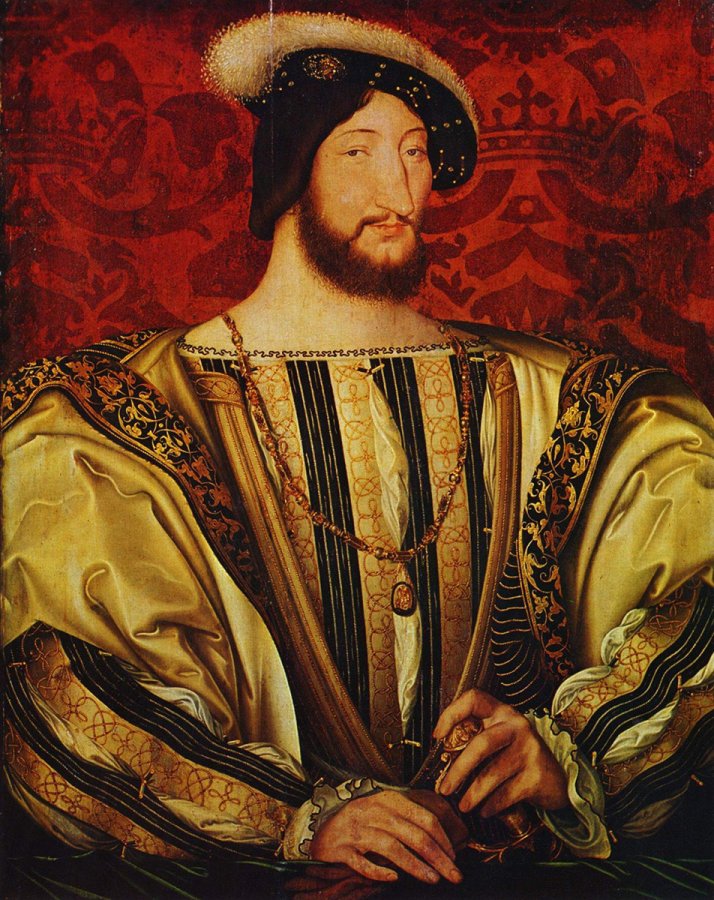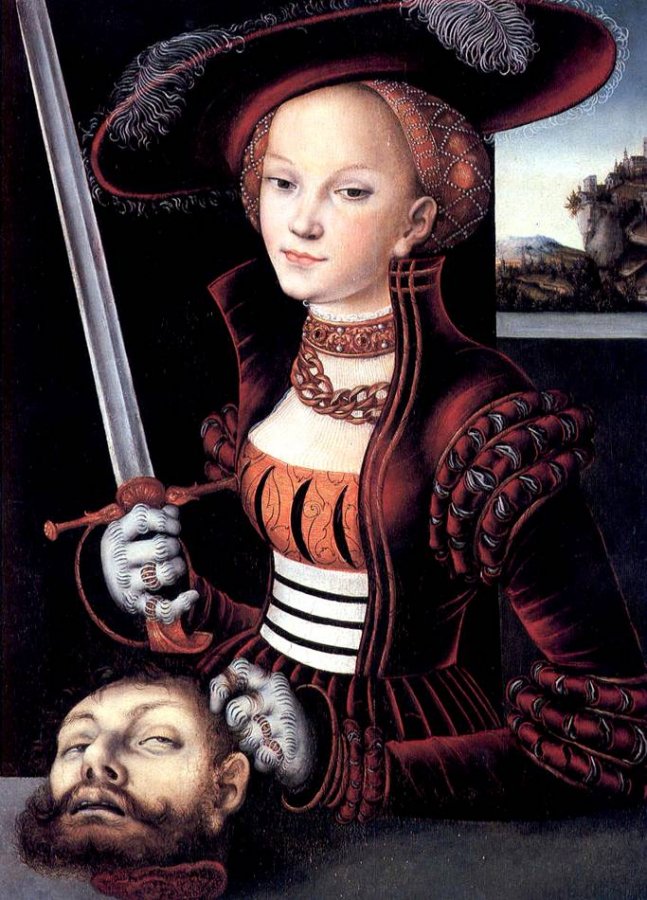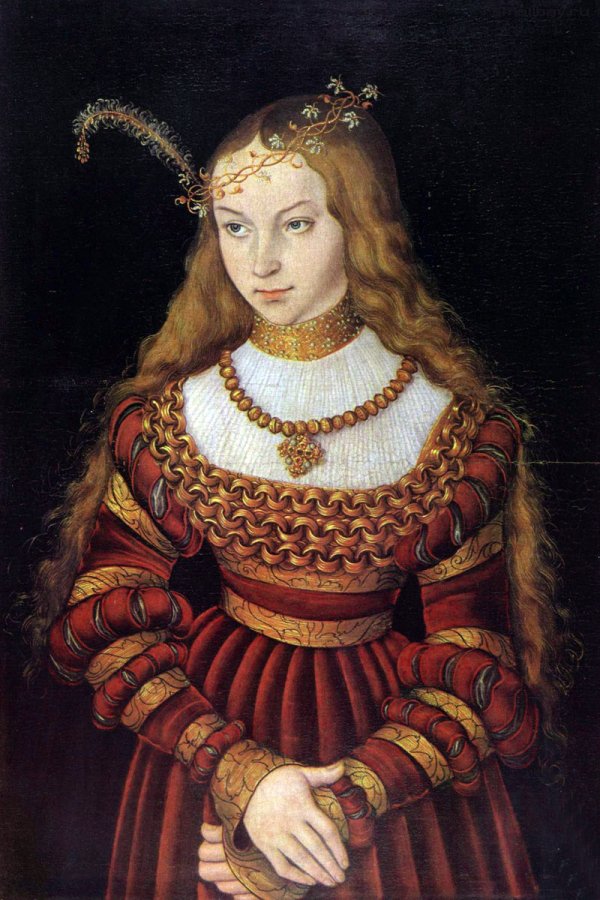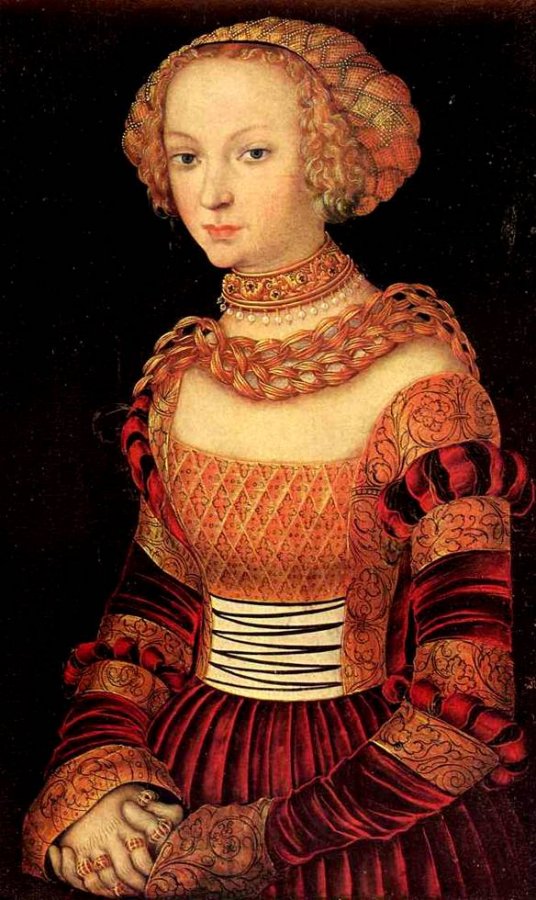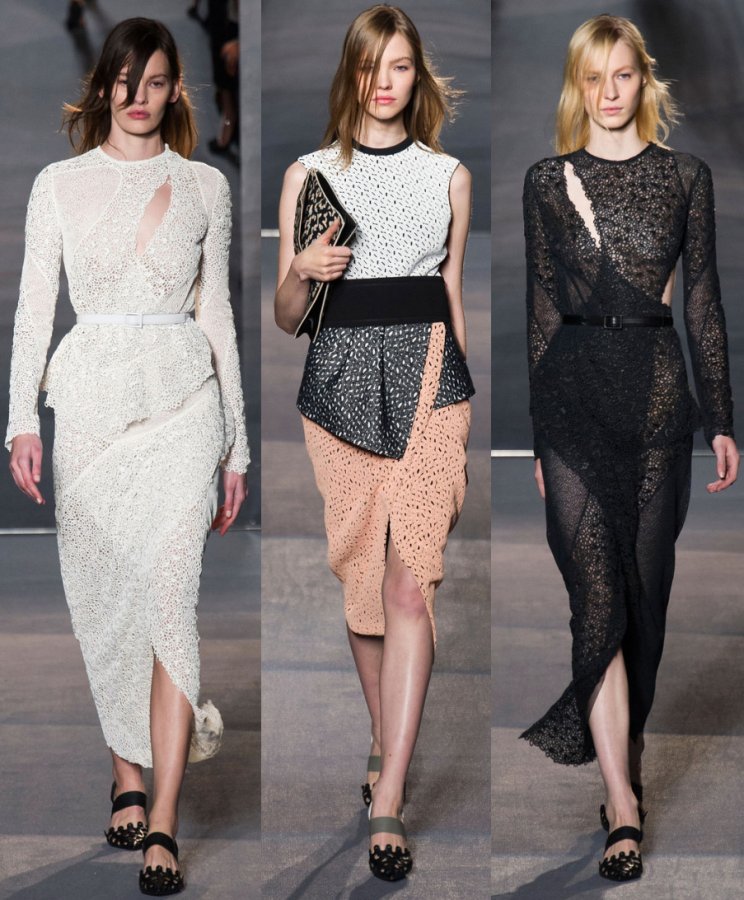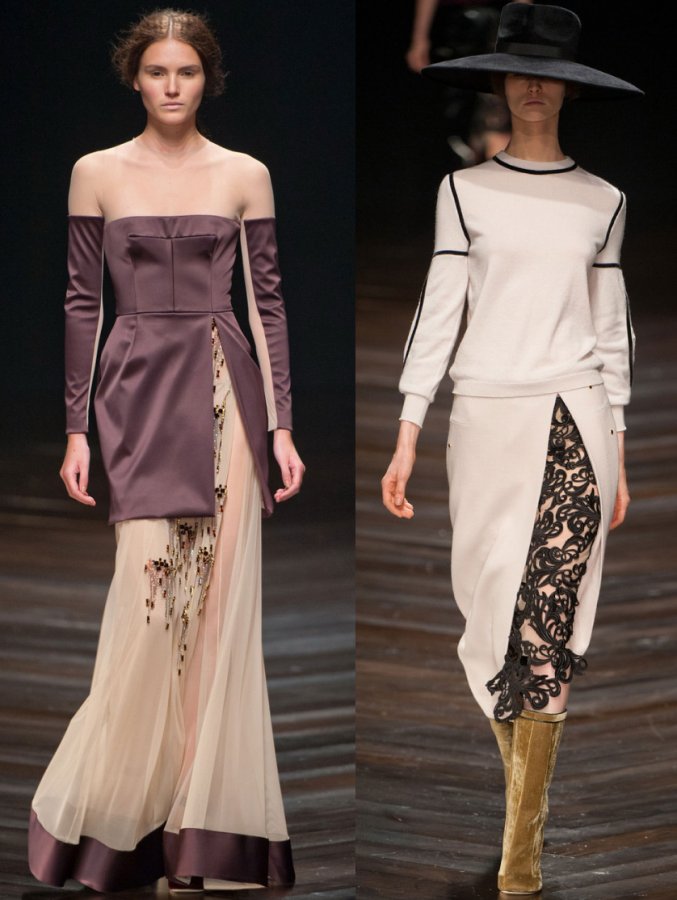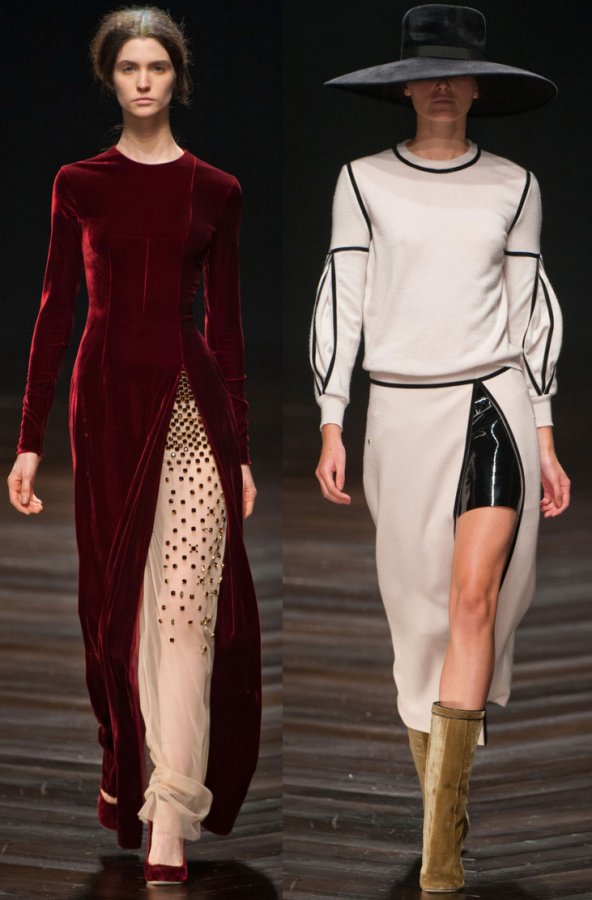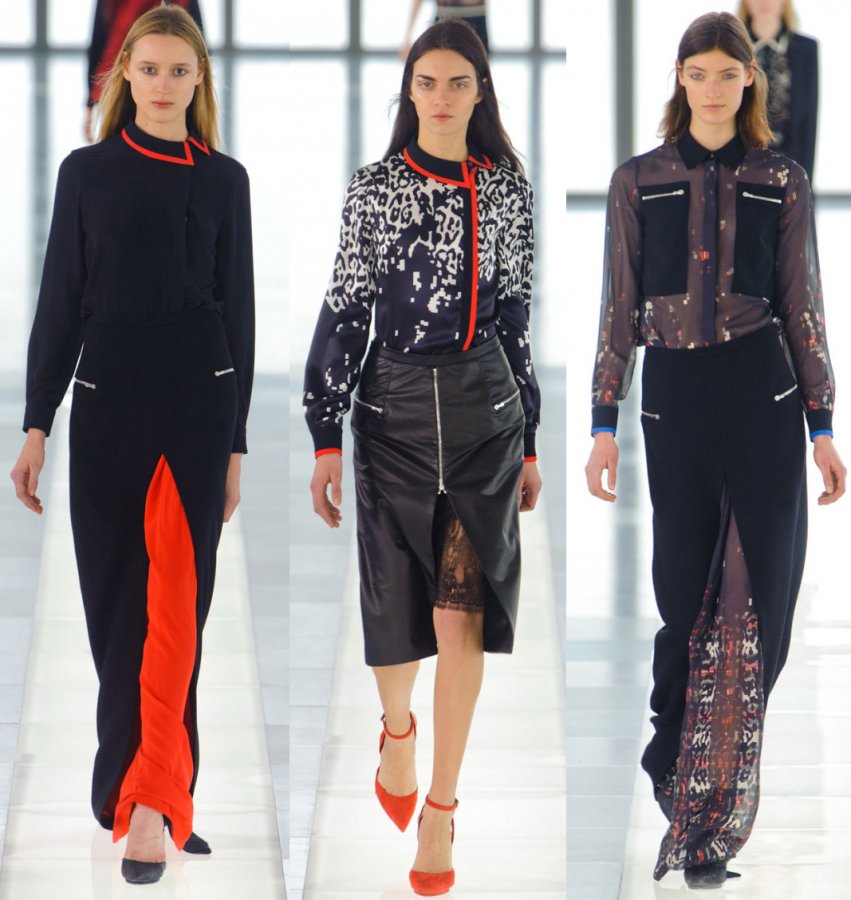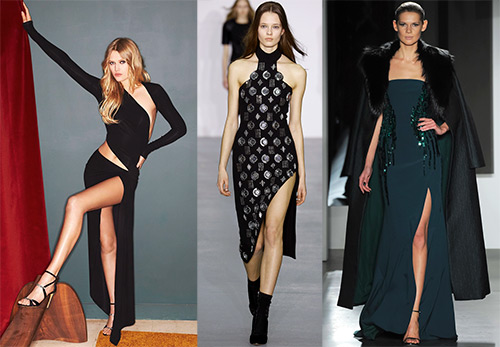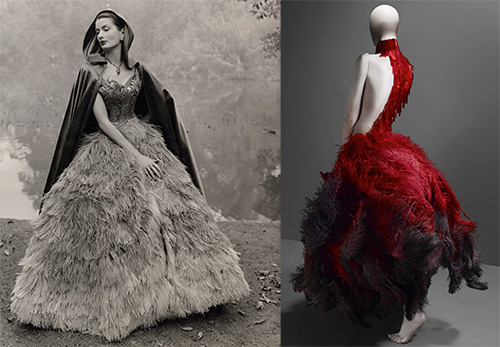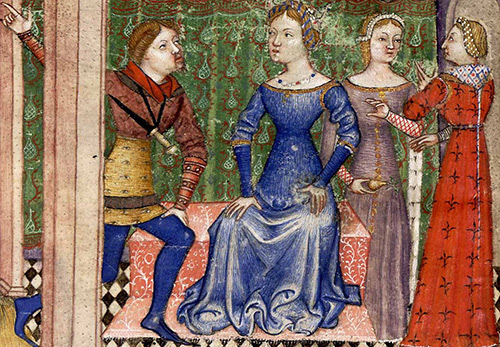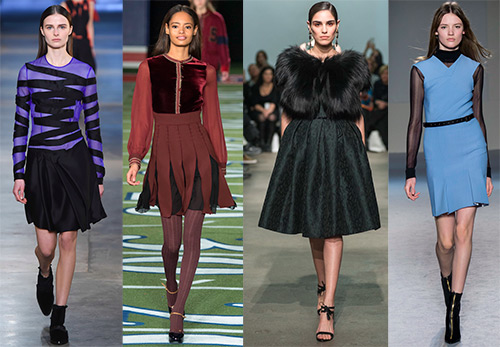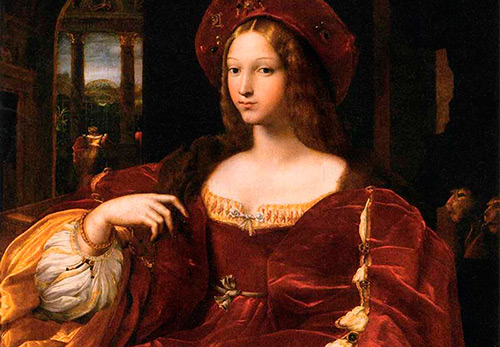Beautiful dresses
Dress cuts and cuts history
It is difficult to determine exactly in what historical era the first cuts appeared in clothes. Most likely, they were almost always. However ... To answer this question, it is necessary to consider flipping through one era after another. But it will not be a mistake, speaking of cuts as elements of decorating clothes, that they appeared in the Middle Ages. In talking about the cut of clothing, I would like to emphasize that the design thought of the Middle Ages was facilitated by the evolution of the uniforms of knights, who were surrounded in Europe by universal attention and praise. Court poetry, culture, and tournaments also played a significant role in the glorification of the knights.
Gradually, a constructive and decorative community of military and secular clothing arises, in Italian it is called sopraveste. In addition to the cut for the head, cuts appeared in the front and back in knightly clothes for the convenience of riding a horse; it was not initially sewn or fastened on the sides. At the beginning of the 15th century, this sleeveless sopraveste was widespread not only among warriors, but also in a secular costume. In knightly clothes in France, it was called cottarme, tabard, and in secular, depending on the function, as well as on the decor and fabric, it was called bliot, cotta, surcoat, cloak. The latter was developed in subsequent eras. Unpretentious in cut knightly sleeveless sopraveste turned into luxurious secular robes from brocadetrimmed with fur or thick fringe. Slits in secular clothes appeared on the sides, but already fastened with precious stones.
Another impetus for experimenting with the proportions of the human figure was the tight-fitting clothing under the knight's armor. At first, under the armor, they wore sufficiently tight-fitting clothing so that no folds, creases and bulges would interfere with wearing the armor. Then, for more complete freedom in movement, plug-in wedges appeared at the folds or simply began to cut the fabric, that is, cuts.
The era of the Renaissance. One of the most important features of the fashion of this period was that she was able to understand the human body as something of a plastic whole and create an ideal clothing for both women and men, which became a model for society. But we will return to the fashion of this period, but now for the cuts. Women's dress of the 15th century is rich, and this manifested itself not only in expensive fabrics and their patterns, but also in the design of the sleeves. The sleeve was released in places of greatest tension - first at the elbow, and then in the armhole, where it was simply cut. The underwear was exposed, but the mobility and flexibility of the body appeared. Then the cuts were made vertically on the sleeves, and later the bodice was separated from the skirt.
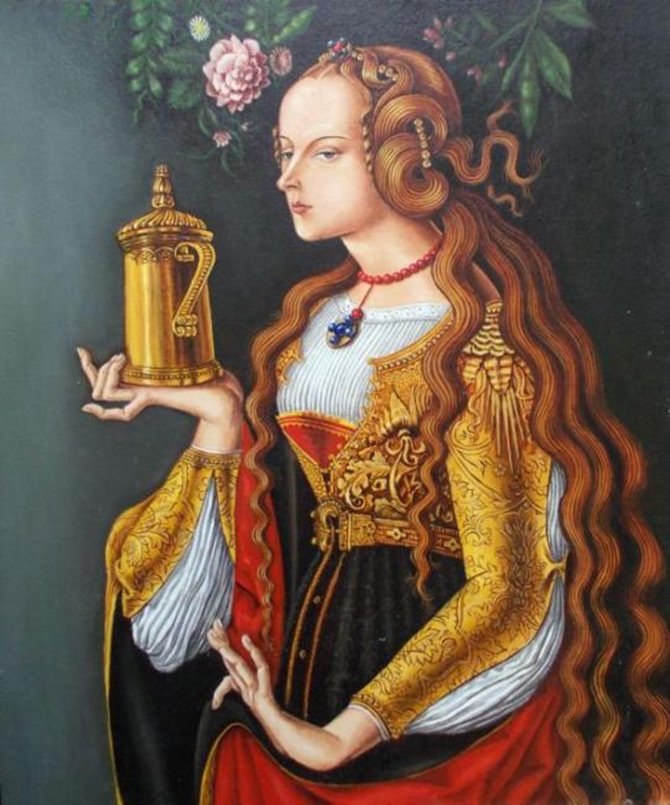
Renaissance slits on the sleeves began to spread throughout the dress. It was especially widely used in menswear in Germany and Switzerland. Slits appeared everywhere - on the entire surface of the upper jacket, on raincoats and pants, and even on shoes and gloves.
And even later, in the 16th century - in the era of the Reformation, the sleeves began to be cut in all directions, and their division took place in the form of squares, ovals, stars and other figures.
In the first half of the 16th century, the whole of Europe was swept by the fashion for "slit dresses". Costumes, except for expensive fabrics and all kinds of patterned embroidery, were decorated with cuts. The effect was enhanced by pulling out a portion of the bottom material through the slot. This gave more volume.
The style of women's dress of that time can be seen in the paintings of the German artist Lucas Cranach.
And starting from the 17th century, one can trace a slightly different attitude to the cuts on the dress - from that time the neckline cutouts became lower and lower, and the cuts rose higher and higher, and not only on the sleeves.And no one could have imagined that centuries would pass, and women would wear dresses made of metal, just like the armor of knights, with the only difference that Paco Rabanne's models were called futuristic, and the women dressed in them looked charming. Celebrities began to wear Paco Rabanne's chain mail, sewn with rings, hooks and pliers, just like in the Middle Ages.
What cuts are being made today in modern fashion?
Slashing slashes have become very popular lately. These are exactly the cuts from which it all began in Renaissance era and the Reformation. Slashing - decorative cuts that reveal the lower layer of the material, which differs in texture and color from the main one.
Comments and Reviews
Add a comment
Similar materials
Rating news
Shades of clothing that make women look younger
What shades of hair make women younger: rules and photos
Funny wedding dresses - photos and ideas
12 most expensive down jackets for the winter
How to look 25 at 40: tips from supermodels
Beautiful schoolgirls
Anti-aging haircuts and hairstyles for women
Fashionable skirts for autumn and winter
Fashionable women's trousers for the cold season
Fashionable and stylish sandals for summer 2024
Spring-summer 2024
 Fashionable dresses and tops with thin spaghetti straps
Fashionable dresses and tops with thin spaghetti straps
 Bandana tops: how to wear stylishly and beautifully
Bandana tops: how to wear stylishly and beautifully
 How to put together the perfect men's wardrobe for the summer
How to put together the perfect men's wardrobe for the summer
 Fashionable shorts for spring-summer 2024
Fashionable shorts for spring-summer 2024
 Fashionable skirts for spring-summer 2024: a guide to online shopping
Fashionable skirts for spring-summer 2024: a guide to online shopping
 The most fashionable dresses spring-summer 2024: styles and colors
The most fashionable dresses spring-summer 2024: styles and colors
 Fashionable total look 2024: ideas of images and trends
Fashionable total look 2024: ideas of images and trends
